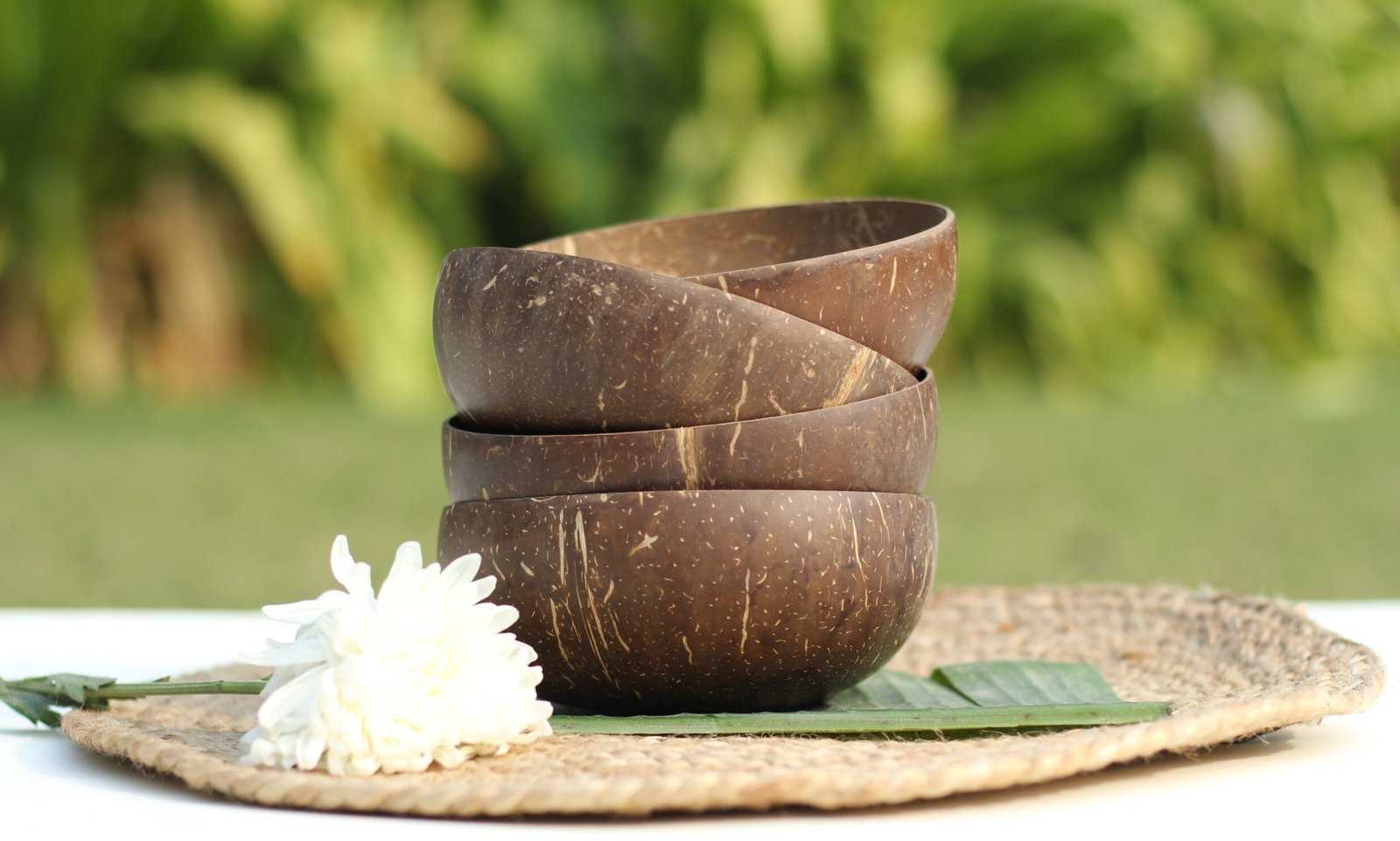Uncategorized
The truth about plastic
The truth about plastic
Plastic Invention:
The first synthetic polymer was invented by John Wesley Hyatt in 1869 as a substitute for ivory. He discovered that it could imitate natural substances like horn, linen, and ivory. However, the first fully synthetic plastic was invented in 1907 by Leo Backeland as a substitute for shellac which was a natural electrical insulator. It could be mass-produced and was also durable and heat resistant.
Plastic is used to make bicycle helmets, child safety helmets, and airbags in automobiles. They are in cell phones, televisions, computers, and other electronic equipment. They are also present in packaging material to keep the food fresh.
The problem with plastic:
Most of it isn’t biodegradable. Plastic doesn’t decompose so it can stay buried for hundreds of years. Out of the 400 million tonnes that are produced every year 40% of it is single-use. PET is used to make most of the plastic bottles and food packaging. However, this material is completely recyclable and can be collected by a recycling facility.
However, most of this waste being dumped in landfills and oceans negatively impacts our environment and ecosystem. It can poison our wildlife and since it is made from chemicals that come from the production of planet-warming fuels it contributes to global warming.
Now our planet is facing some very heavy consequences as a result of our unconscious actions and negligence.
On the packaging of products, you see the number 1 inside a triangular recycle sign whenever you turn over a transparent plastic container like ketchup or washing detergent that is made of a substance called polyethylene terephthalate.
Similarly, other plastic products have numbers from 1-7 which decide how recyclable they are. As the numbers go from 1 up to 7, the density of the plastic increases. Plastic products numbered 1 and 2 are relatively recyclable and get more complicated with the higher numbers.
Products made up of denser plastic makeup around 69% of the total plastic waste generated.
Its processing is far more expensive and more energy-intensive than products that have the numbers 1 and 2.
Conclusion:
Recycling can sound like a simple option if you want to reduce your contribution to the issue of plastic waste. However, what happens after the plastic bags are cleaned up and dumped into a recycle bin? Unfortunately, as many people believe, the result is not as good as it seems. Most plastic forms cannot be recycled in many countries of the world. Not all plastics are made similarly. So, It is doubtful that recycling will give new life to plastic products.


